The great white shark is the very picture of ferocity and shark attacks. Great whites are not mindless killers in search of human flesh. These apex predators are horribly misunderstood, and deserve our respect. Read on to learn about the great white shark.
Description of the Great White Shark
Great white sharks have large heads, with cone-shaped snouts. This shark’s body is shaped like a torpedo, making it hydrodynamic so it can move easily through the water. The top half of the shark’s skin is grey colored, and the bottom half is white. Sharks have secondary rows of teeth behind the front row. These backup teeth are ready to move into place if a tooth is lost, and the teeth will continue to grow in this conveyor-belt fashion.
Interesting Facts About the Great White Shark
Great white sharks are undoubtedly impressive predators. They are built to hunt large prey, and can most certainly injure humans. That being said, sharks are commonly loathed and viewed as man-eating beasts. In reality, this is far from the truth.
- Countershading – The shark’s coloration aids in its hunting strategy. They have a dark top and light underside, which allows them to blend in to their surroundings. This coloration pattern is called “countershading.” When an animal is looking down from the surface, the shark blends in with the dark ocean below. When an animal is looking up at the shark from below, its light belly blends in with the sunshine filtering through the water. Countershading helps sharks move about undetected by potential prey.
- Hunting Strategy – Great white sharks frequently hunt by ambush. They cruise at a decent depth below the surface and watch above for potential prey items. When they see possible prey, like a sea lion or seal, they charge up and hit the animal from below.
- Test Bites – The conventional thought is that sharks are man-eating monsters. Contrary to this belief, shark bites occur in a different fashion than their typical hunting behavior. Most shark bites are actually “test bites,” in which the shark approaches slowly and does a test nibble to investigate an object. This behavior is also seen when great whites are investigating buoys, flotsam, and other unknown objects.
- Bite Fatalities – Unfortunately, these animals are so large that even their test bites can be dangerous. Despite this, the rate of fatality in great white shark bites is relatively low. Of 272 unprovoked shark bites since 2012, 74 have resulted in fatalities.
Habitat of the Great White Shark
Great white sharks live in oceans between 54º and 75º F, and can be found in most oceans with these conditions worldwide. Their habitat is dictated less by their preferences, and more by the preferences of their prey. Great whites are found in higher numbers in areas that have rich prey options. They can be found both in the open ocean and close to the coasts.
Distribution of the Great White Shark
Great white sharks are found in the greatest volumes near prey populations. They can be found in coastal and offshore oceans between the temperatures of 54º and 75º worldwide, but aggregate in certain areas. Some of the highest concentrations are found in the Northeast United States, off the coast of California, the Mediterranean Sea, South Africa, Chile, and Japan. Dyer Island in South Africa has the greatest known population density.
Diet of the Great White Shark
White sharks are carnivores that prey upon a number of large animals. They have been known to eat large fish, rays, seals, sea lions, dolphins, and whales. Until they reach 10 ft. long, juvenile sharks’ jaws are not strong enough to prey on large animals. Instead, younger sharks feed mostly on large fish. Once they reach 13 ft. in length they transfer to a diet of marine mammals. They will also prey on sea turtles, sea otters, and seabirds.
Great White Shark and Human Interaction
Much of the ill-will towards all sharks, great white sharks in particular, began after the movie Jaws. This has caused a general disinterest in the plight of sharks. Human activity has greatly impacted all shark species, and great whites are listed as Vulnerable by the IUCN.
Sharks are taken for the shark fin soup industry in Asia, and this trade has decimated some species. Because great white sharks take a long time to reach sexual maturity, hunting can greatly impact population levels.
Domestication
Great white sharks have not been domesticated in any way.
Does the Great White Shark Make a Good Pet
It would be highly difficult to keep a great white shark as a pet. In fact, it is very difficult to keep a great white shark in a professional aquarium!
Great White Shark Care
Very few great white sharks have been kept in aquariums, and all successfully kept alive have been released back into the wild. It is difficult to convince great whites in aquariums to eat. The times that the sharks have successfully been housed, they were kept in a one million gallon tank at the Monterey Bay Aquarium. All the sharks that have been kept there were released after a few hundred days.
Behavior of the Great White Shark
Very little is known about great white shark behavior and dominance structure. When sharks congregate in some feeding areas they have been documented using a dominance hierarchy. Female sharks, which are larger than males, are most dominant, followed by larger males, and resident animals are dominant over newcomers.
Reproduction of the Great White Shark
Female great white sharks do not reach sexual maturity until they are 33 years old. Mating has never been witnessed by humans or recorded, so little is known about mating rituals or behavior. While pregnant females have been observed, birth has never been witnessed.
Great white sharks are ovoviviparous, which means that their eggs are kept in the womb and developed until the shark gives “live” birth. In the womb, the mother will continue to produce eggs, which the young will eat in a process called “oophagy.” After eleven months the female shark gives birth, and the pups strike off on their own.

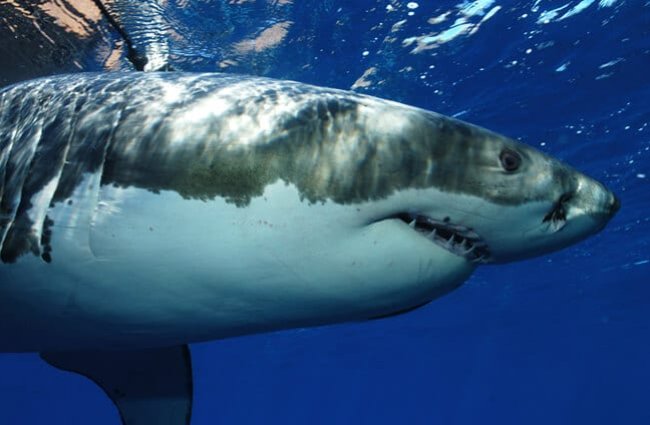
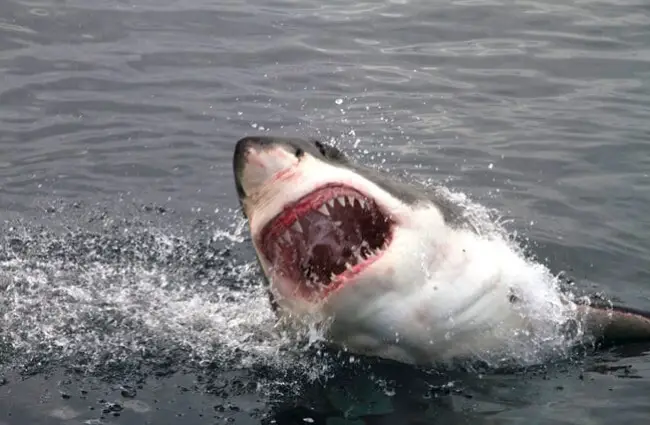
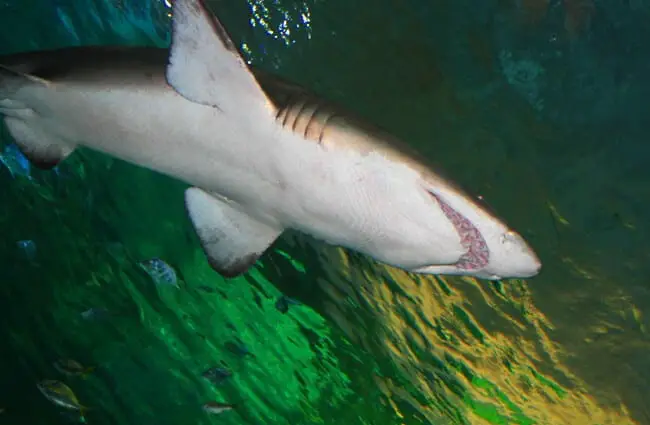
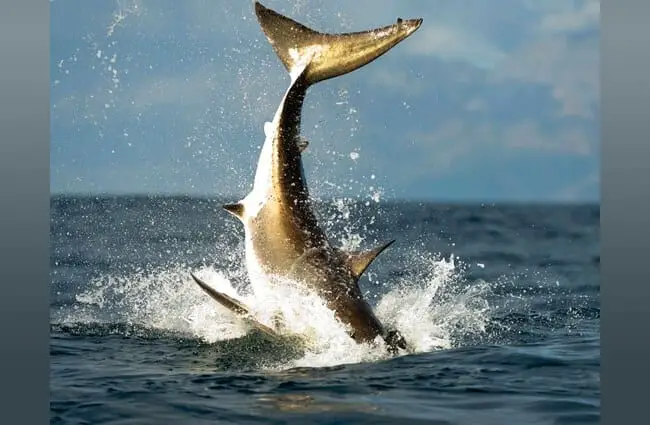
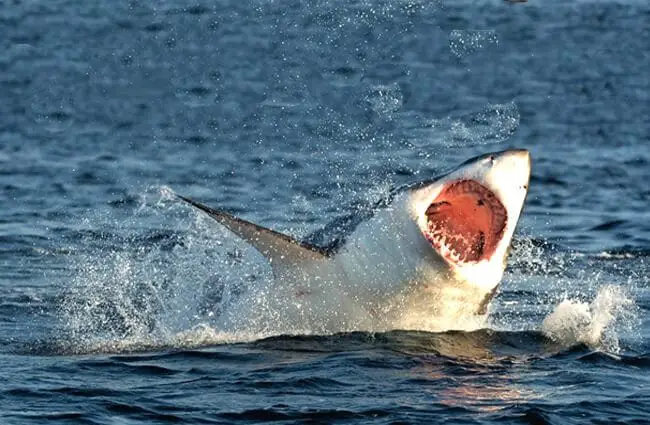
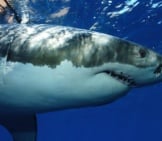
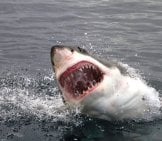


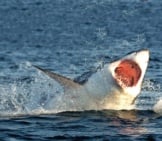
![Red Angus Closeup of a beautiful Red Angus cowPhoto by: U.S. Department of Agriculture [pubic domain]https://creativecommons.org/licenses/by/2.0/](https://animals.net/wp-content/uploads/2020/03/Red-Angus-4-238x178.jpg)












![Red Angus Closeup of a beautiful Red Angus cowPhoto by: U.S. Department of Agriculture [pubic domain]https://creativecommons.org/licenses/by/2.0/](https://animals.net/wp-content/uploads/2020/03/Red-Angus-4-100x75.jpg)

